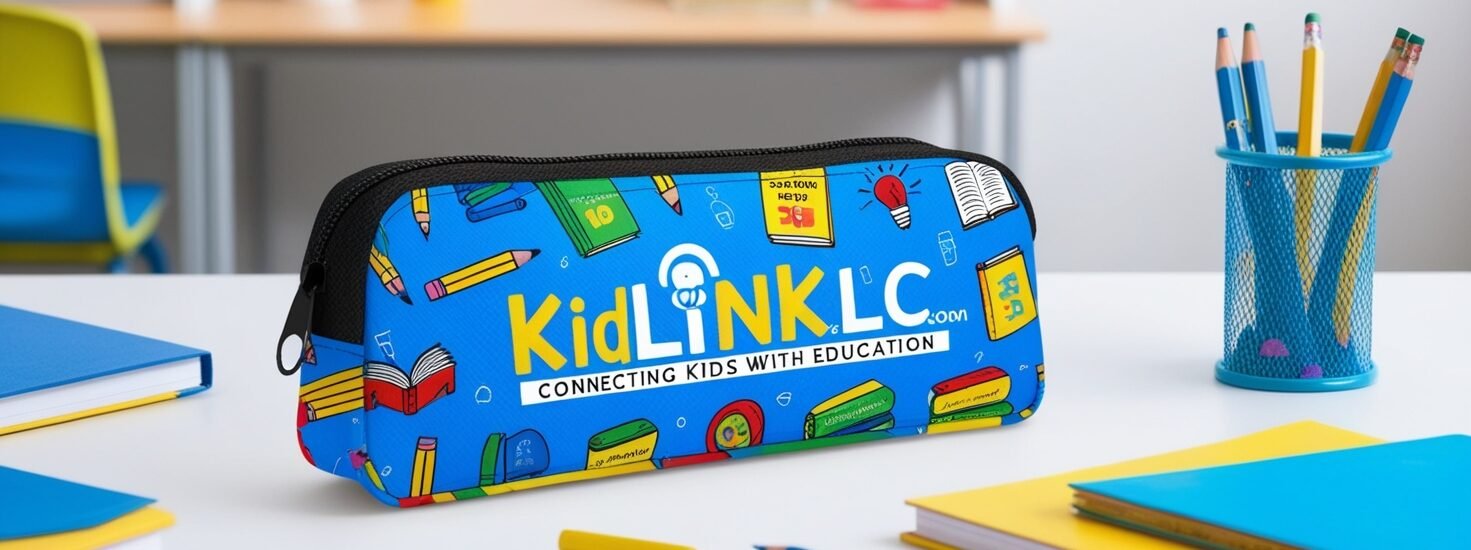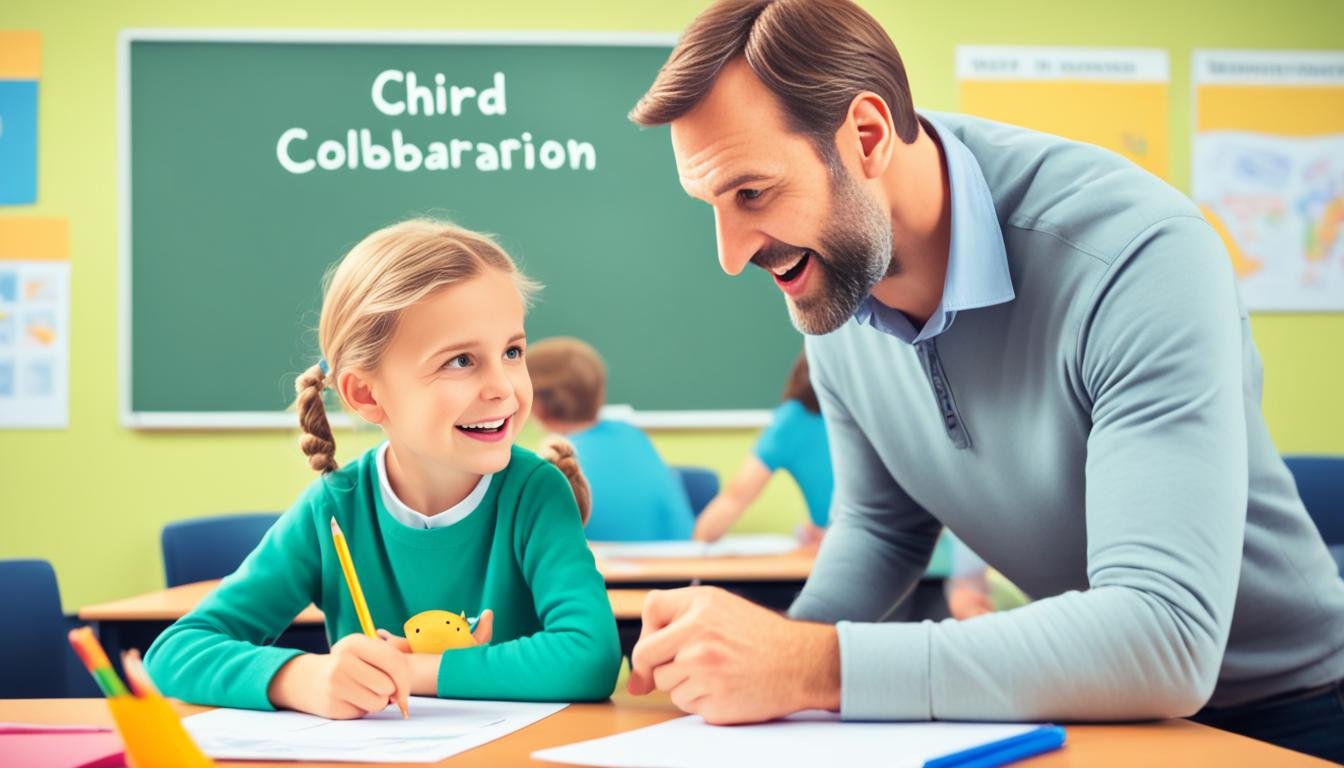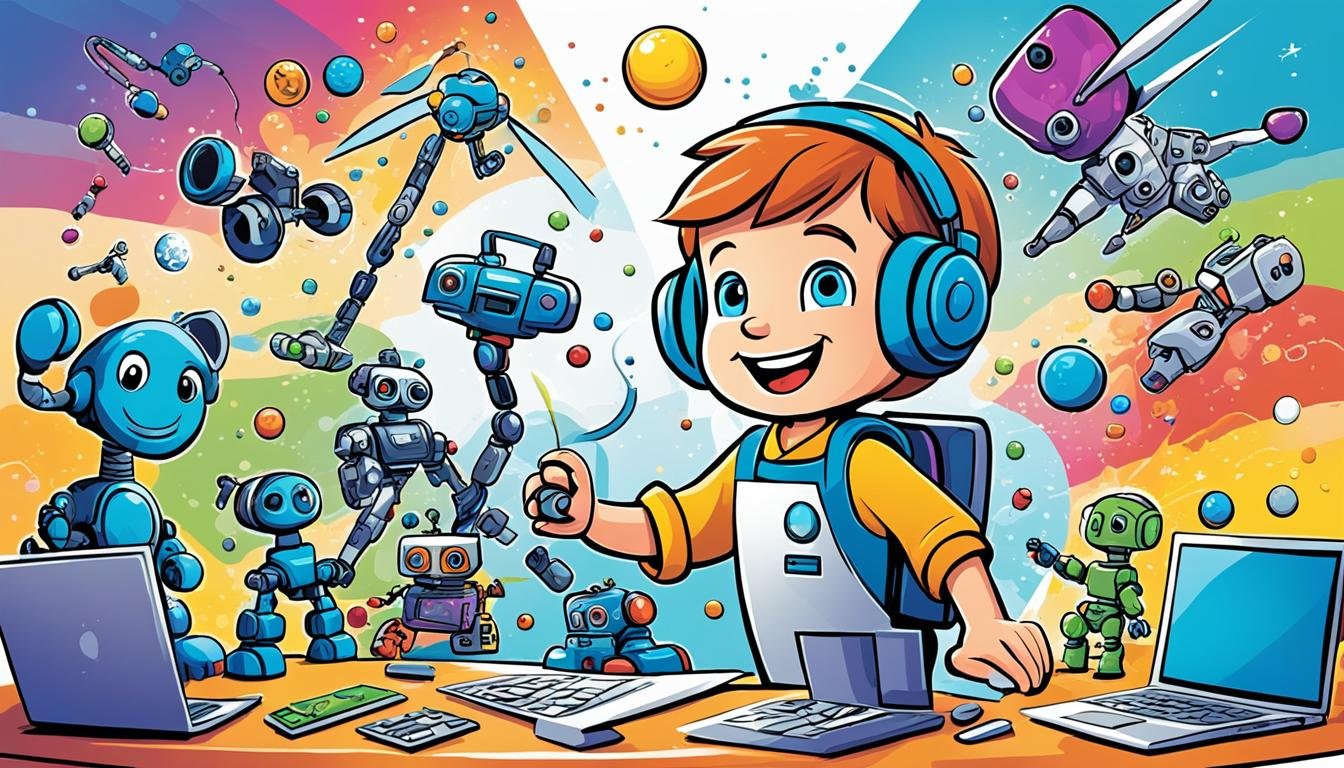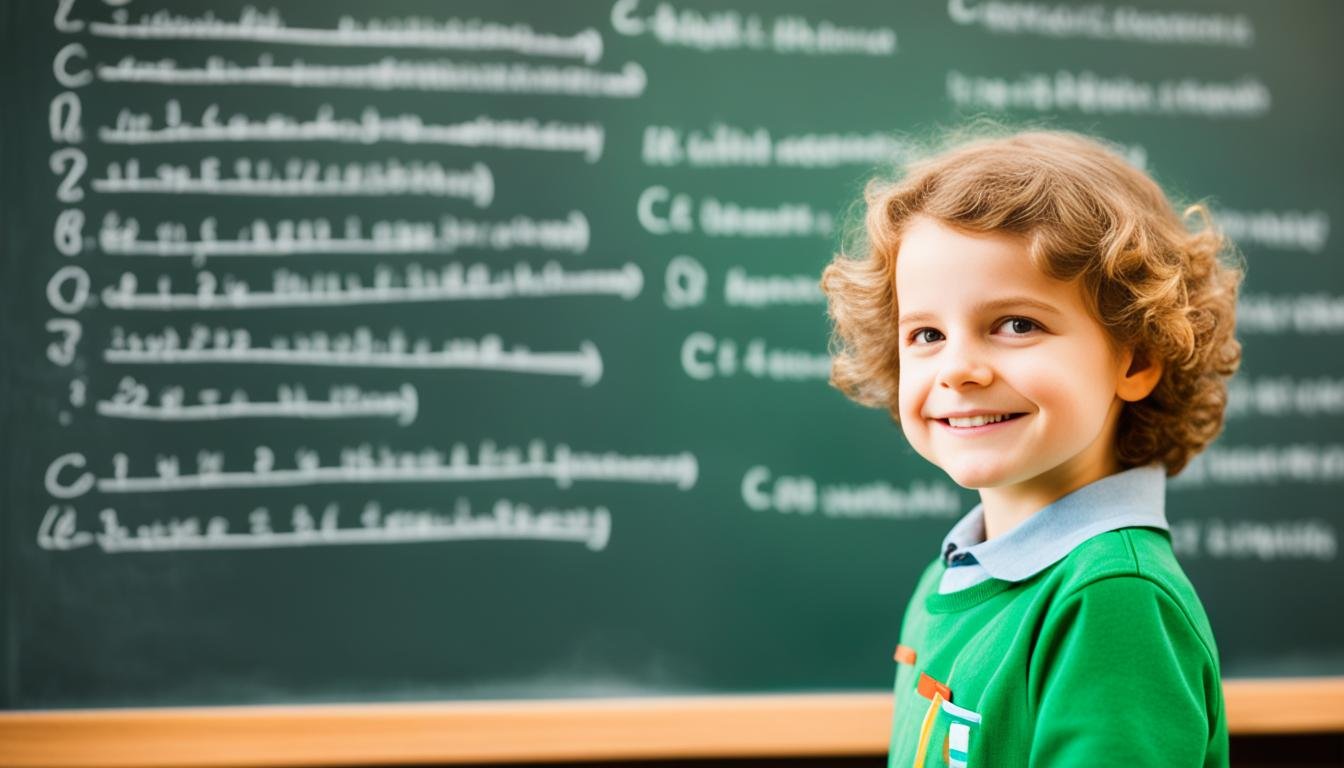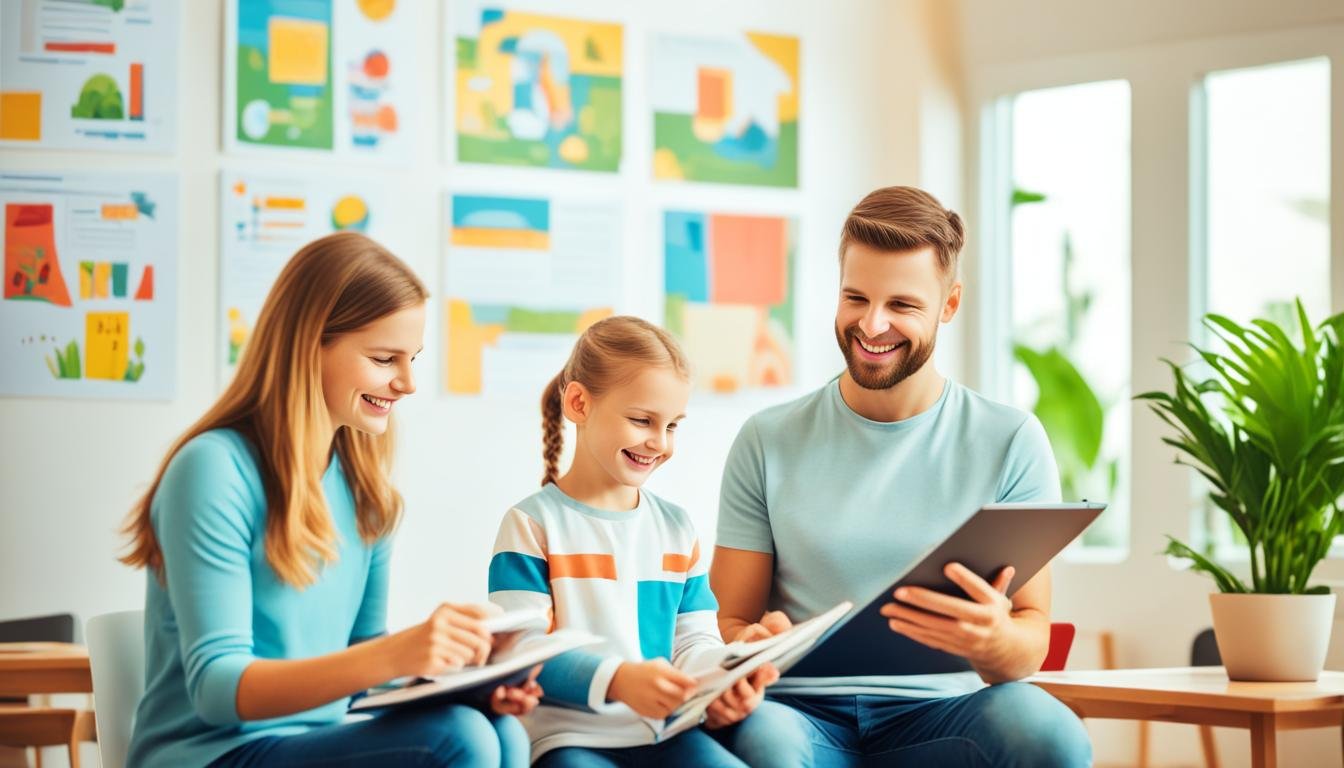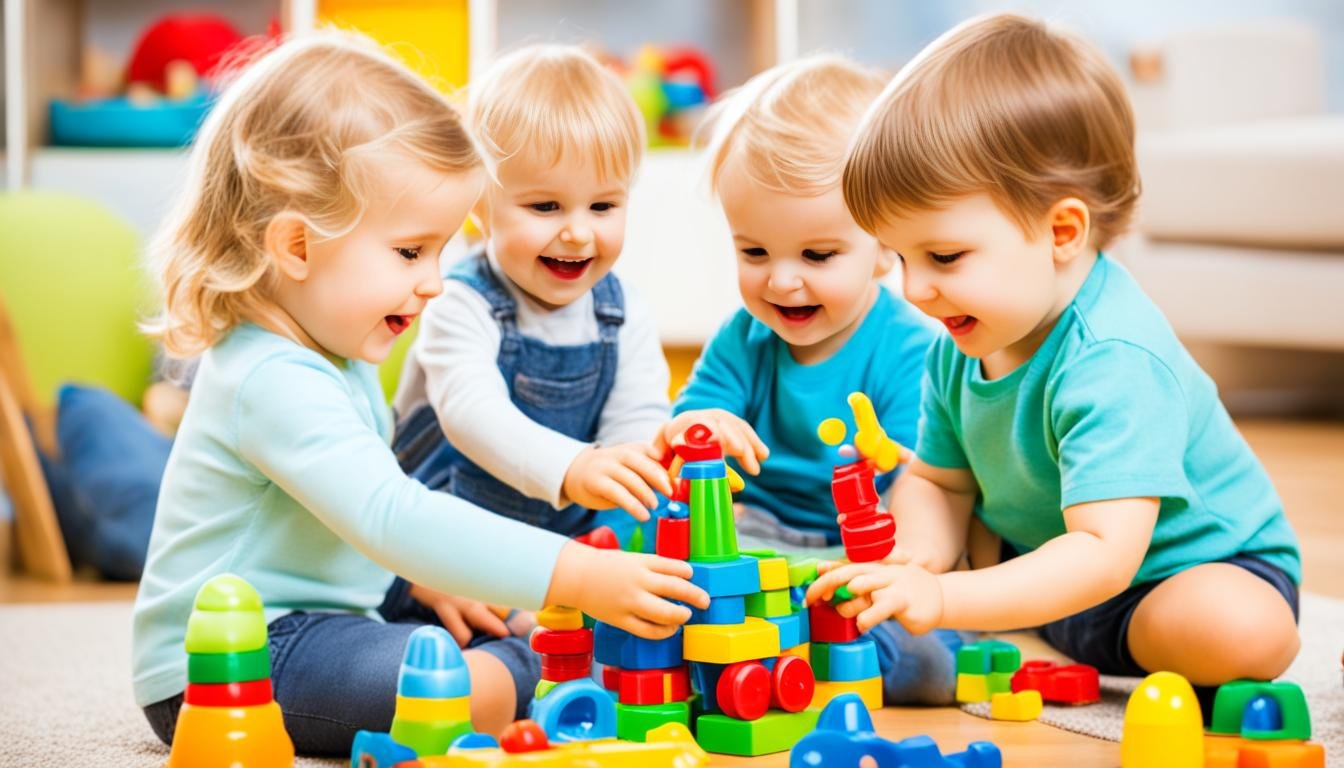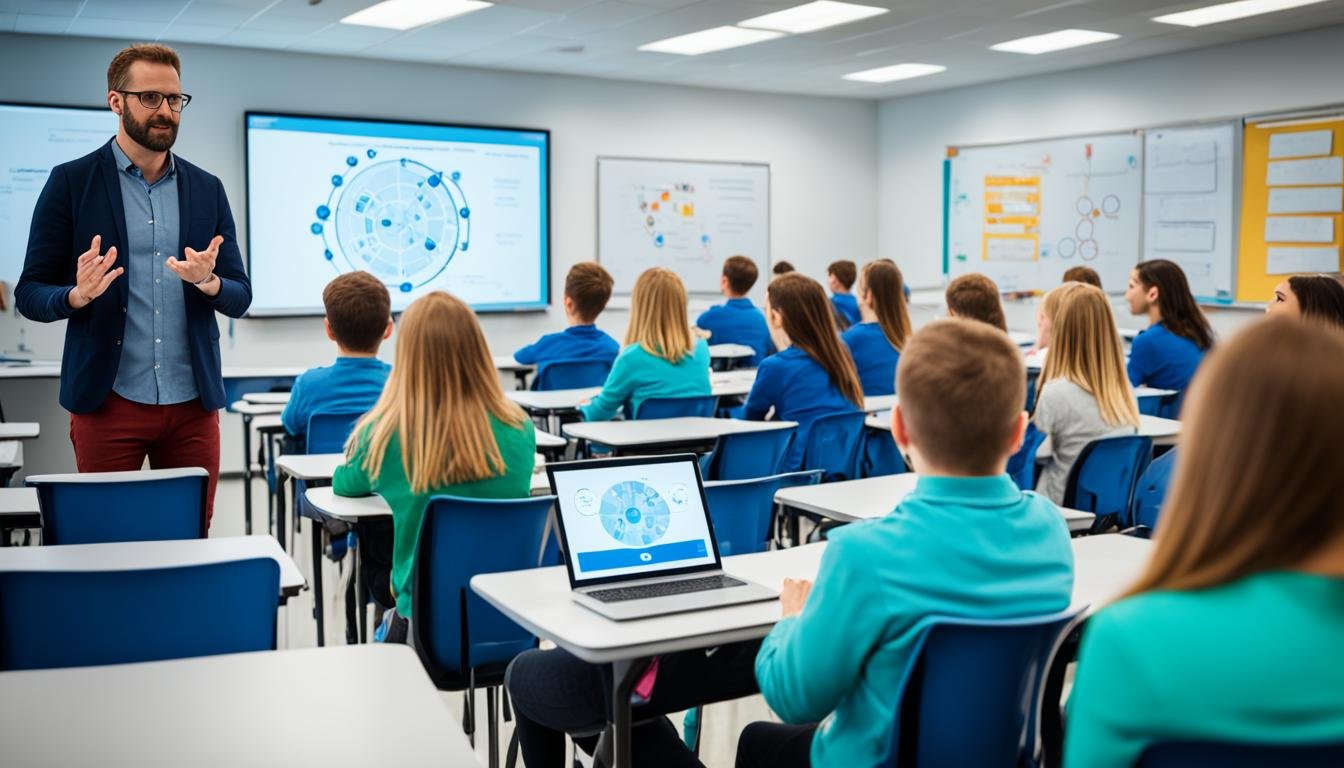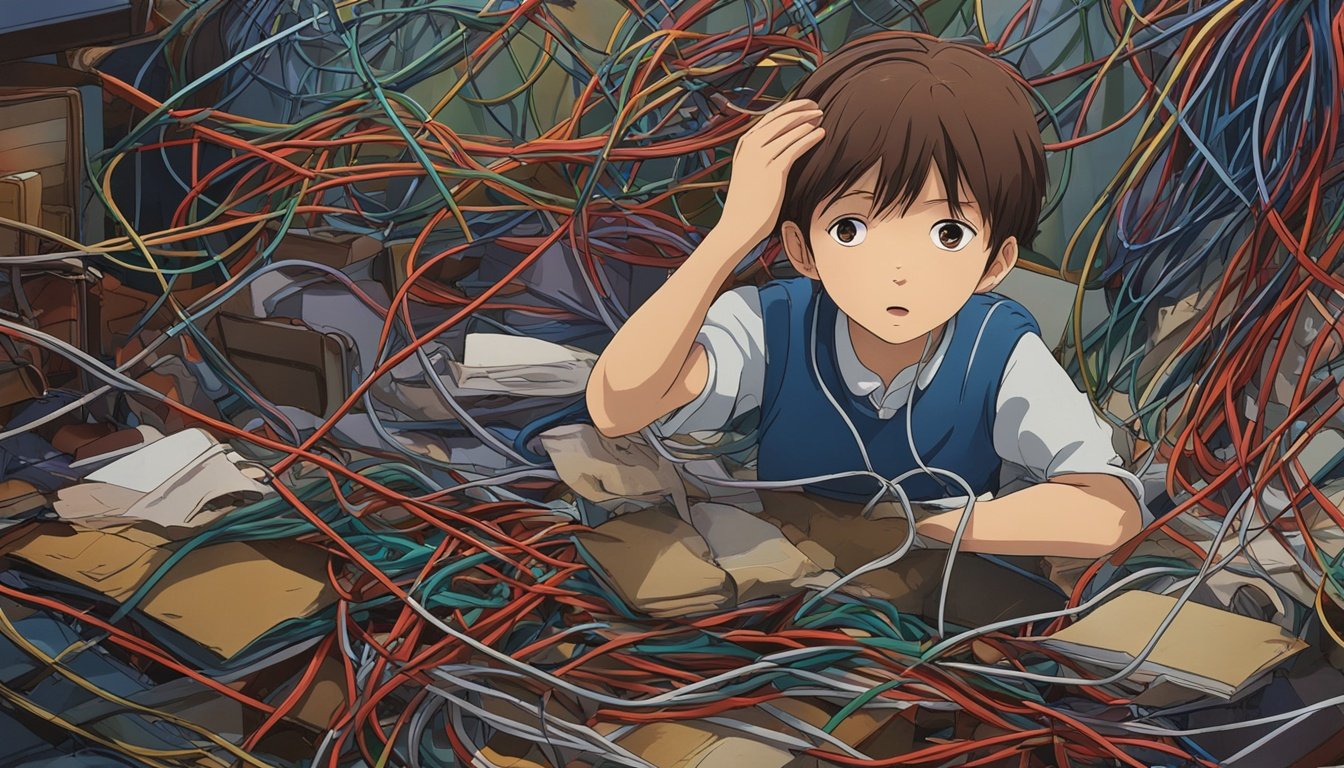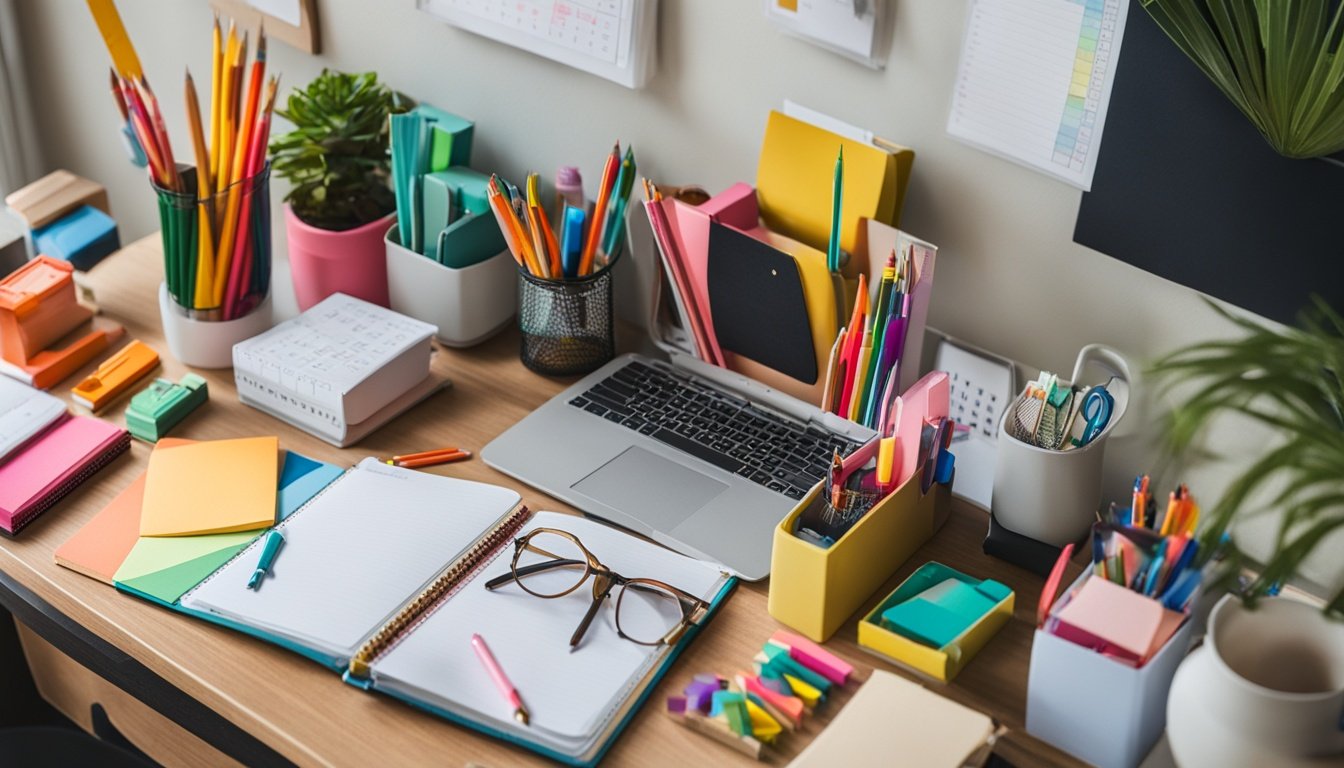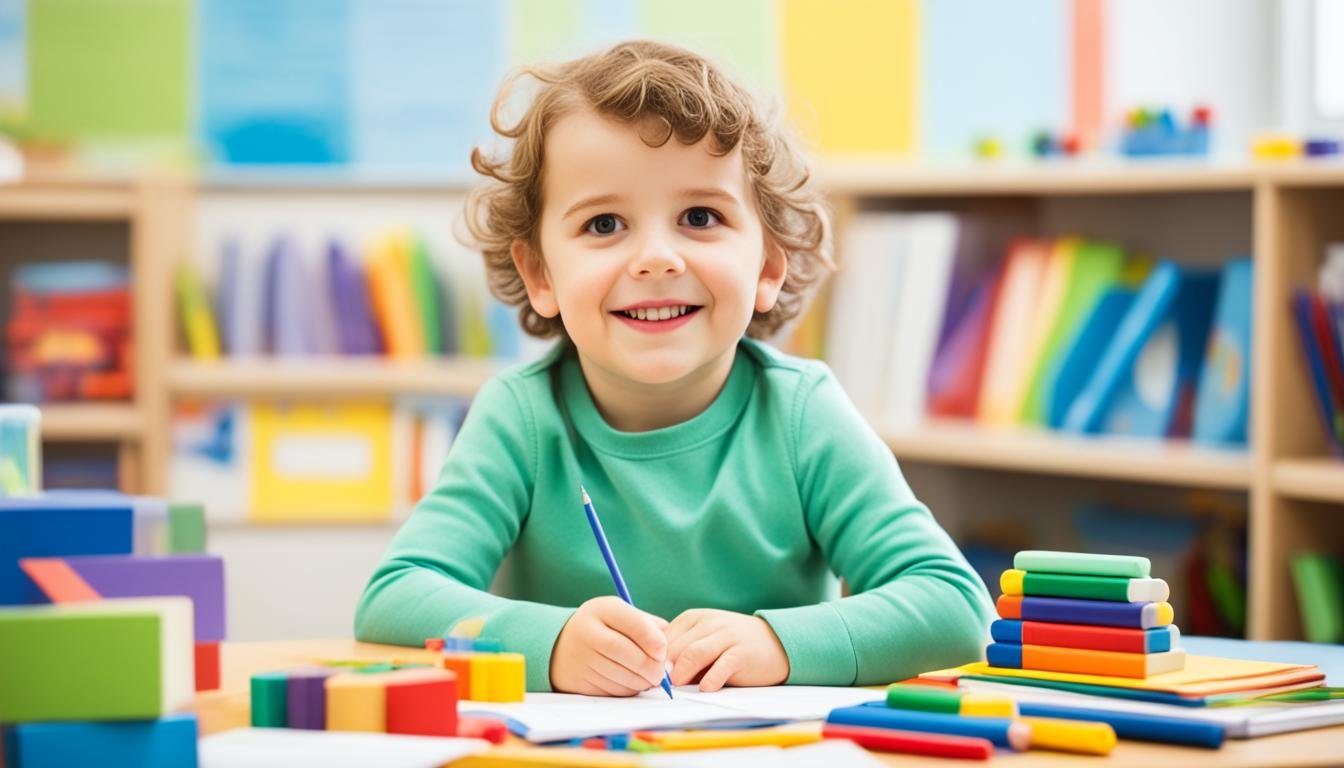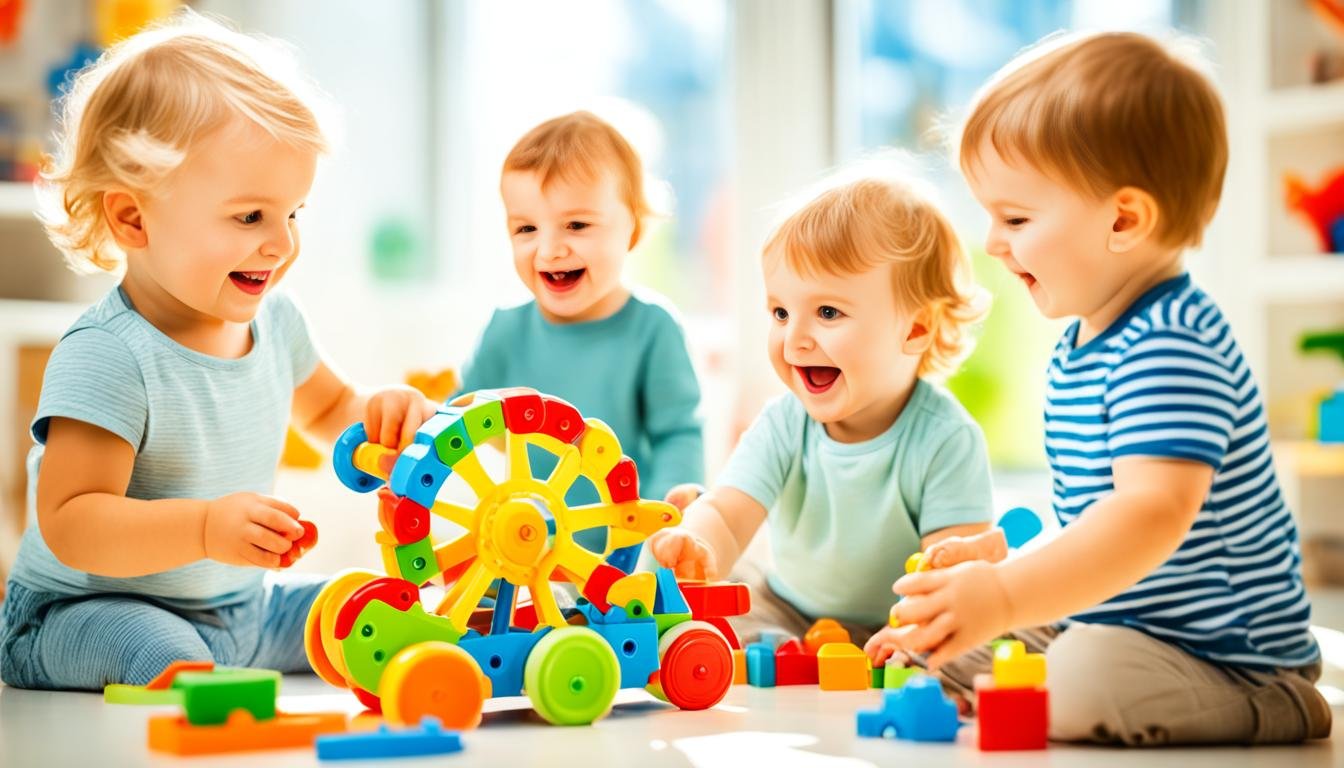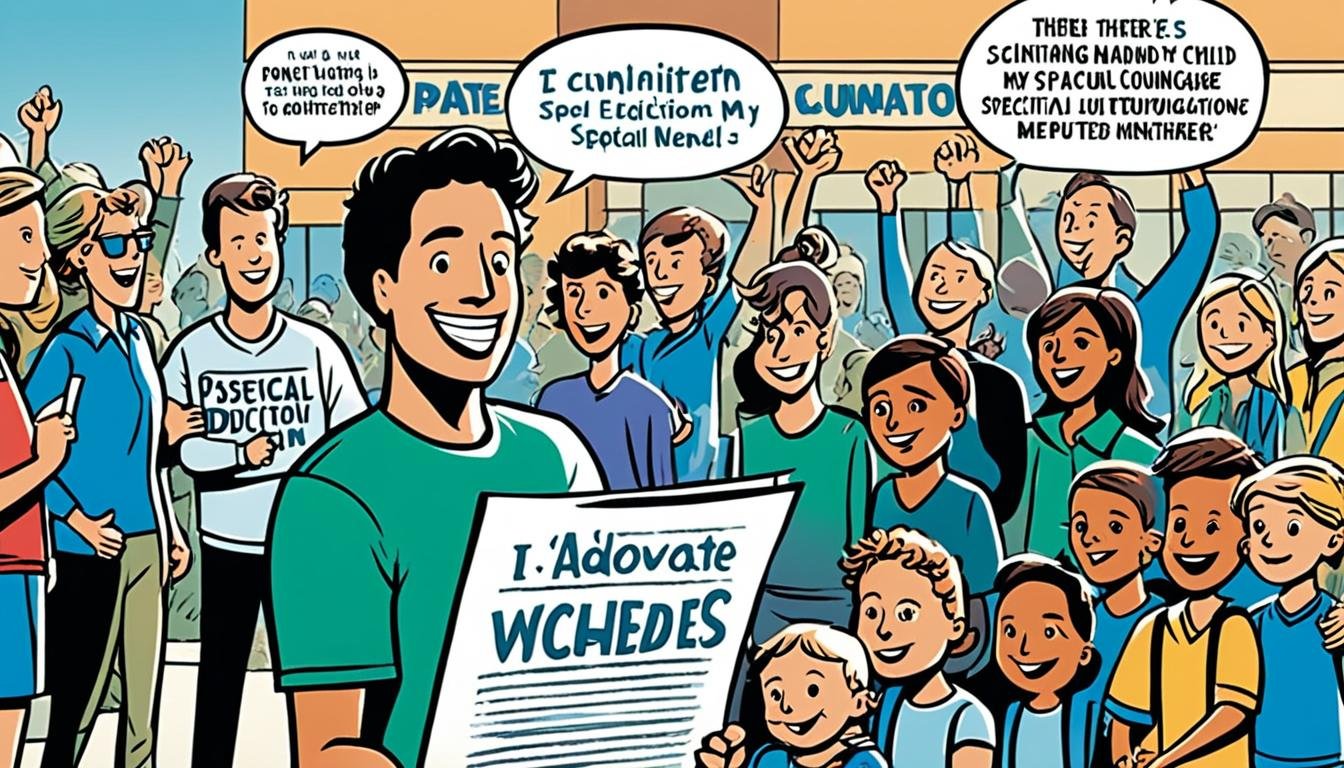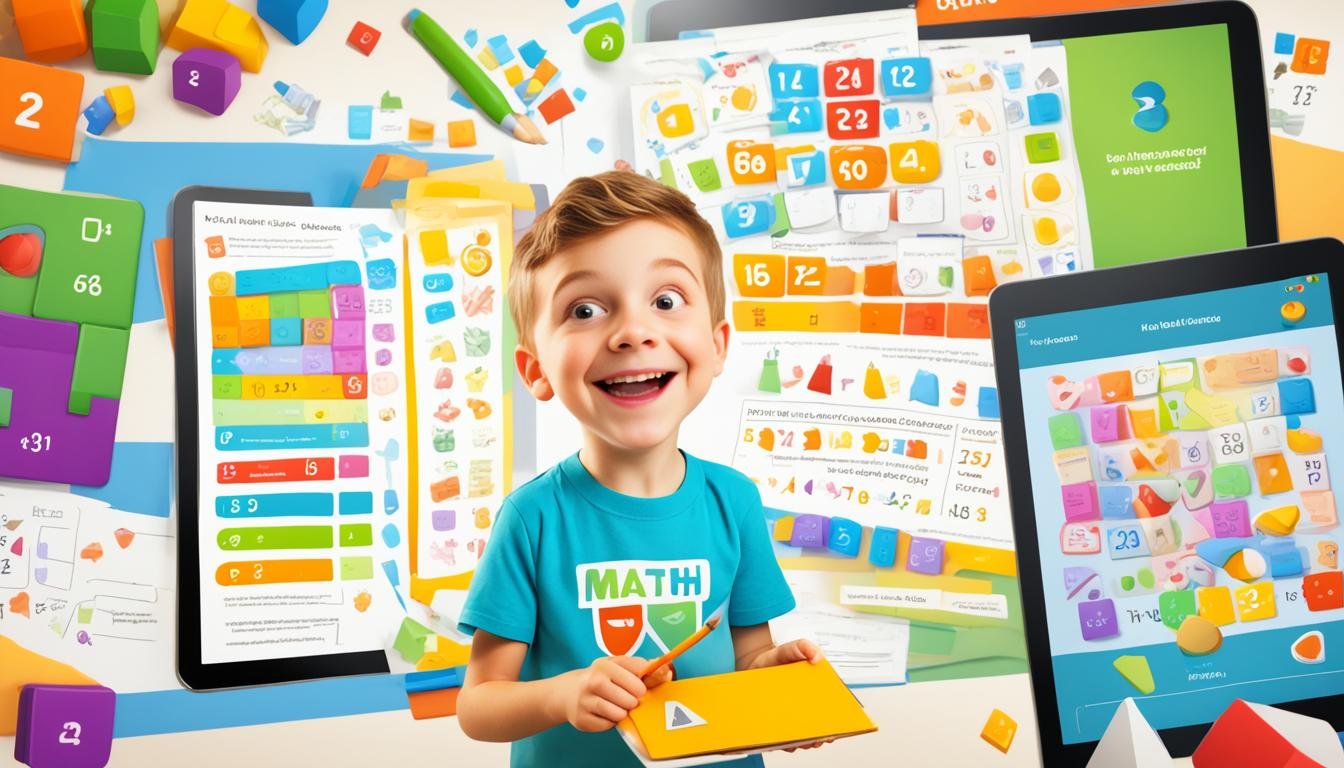How Can Parents Effectively Collaborate with Teachers to Enhance Their Child’s Learning?
Have you ever thought about how working together with teachers could change your child’s school life? Many of us don’t realize how important it is for parents and teachers to work together. This partnership is key to creating a great place for learning. We’ll look at ways to work with teachers, making sure our kids get the help they need at home and in school.
Key Takeaways
- Effective collaboration enhances student learning and ensures holistic development.
- Building trust between parents and teachers is fundamental to successful partnerships.
- Open communication channels foster a supportive learning environment.
- Regular goal-setting between parents and teachers boosts academic performance.
- Community involvement strengthens the support network for students.
- Recognizing achievements creates motivation and reinforces learning.
- Joining Parent-Teacher Organizations can provide additional avenues for engagement.
The Importance of Parent-Teacher Collaboration
Parent-teacher collaboration is key for a positive learning environment. It helps our students do well and grow. By talking openly, we can support each child’s strengths and challenges. This partnership helps us communicate and solve problems together, helping a child grow.
Enhancing Student Learning
Working together, parents and teachers boost student learning. We share info on how a child is doing in school and at home. This helps us find ways to support them better, making learning more effective.
Supporting Holistic Development
It’s important to focus on a child’s whole growth, not just their grades. By working together, we help kids learn important life skills and how to handle emotions. This support from home and school makes a safe space for kids to grow and explore.
Creating a Consistent Support System
Having a strong support system between parents and teachers is crucial. When we work well together, we share the same goals and values. This makes a stable place for students to learn and reach their goals. For more tips on working together, check out this resource.
Benefits of Effective Collaboration
Working together, parents and teachers can make a big difference in our children’s education. By joining forces, we create a supportive space that helps our kids grow and learn. This teamwork is key to our children’s success.
Boosting Student Confidence
Strong partnerships between parents and teachers help boost our kids’ confidence. When we praise their small wins, we show them we value their hard work. This makes them feel important and ready to tackle new tasks.
Being supportive encourages students to speak up, ask questions, and share their thoughts. It helps them feel more comfortable in class.
Increased Parental Involvement
Being more involved in school life is key to a child’s academic success. By taking part in school events, helping with homework, or volunteering, we show we care about their education. This involvement motivates our kids to do their best.
Improved Communication Skills
Talking regularly with teachers helps us all get better at communicating. Sharing what we know about our kids helps us model good communication. This way, we help our children learn important social skills for school.
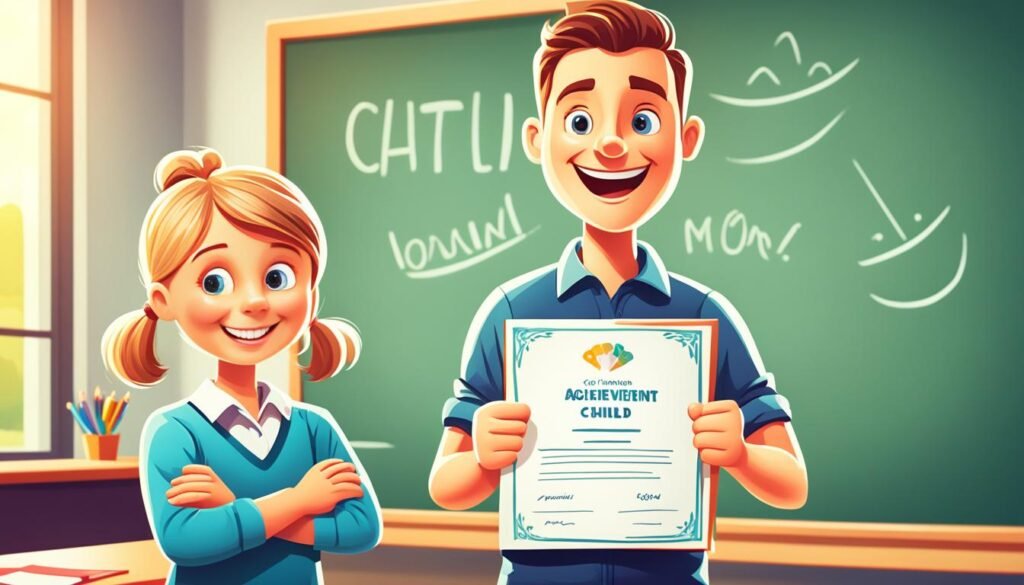
Building Trust and Relationships
Creating strong connections between parents and teachers is key for a great learning environment. Trust helps us work through education’s challenges better. It leads to a culture of respect that helps our kids.
By focusing on teamwork between teachers, we make sure everyone shares the same goals and values.
Fostering Mutual Respect
Respect is vital for working together. When parents and teachers value each other’s skills and views, it makes a positive space. This space lets everyone share openly and honestly, leading to better results for students.
Respect builds a strong partnership between parents and teachers. It lets parents take an active role in their child’s learning. This makes the partnership stronger and more effective.
Creating Opportunities for Open Dialogue
Talking openly is key to working well together. Regular meetings let us talk about concerns, share new ideas, and celebrate wins. We can improve communication by setting up meetings focused on the child’s learning.
These meetings help us spot and solve problems early. They also help us create support plans together. For more tips on building trust, check out trusted sources. They highlight how important these practices are.
Communication Strategies for Parents and Teachers
Working together, parents and teachers need to talk well. We make a place where we share ideas and worries. This teamwork helps students do their best.
Establishing Open Channels
It’s key to keep lines open with emails, calls, and meetings. These ways let us share news about students and solve problems fast. By using different ways to talk, we make sure everyone gets involved.
Timeliness and Clarity in Communication
Being quick and clear in our talks is important. Teachers should talk fast when they have concerns. This way, we stop small problems from getting bigger and work together for the student.
By talking often and clearly, we build trust with each other.
Feedback Mechanisms
Good feedback is crucial for keeping everyone in the loop. Regular updates help us see how students are doing and what they need more of. Feedback loops let us make smart choices about helping students.
This approach helps us always get better, which is key for better student results. For more tips, check out parent-teacher communication strategies.

Collaborate with Teachers: Effective Methods
Working with teachers means we need to talk and work together well. We use regular meetings and conferences to talk about our child’s progress. These talks help us understand how our child is doing in school and what they need to get better.
These meetings also help us connect better with teachers. They give us a peek into what our child learns every day. This way, we can work together to make sure our child does well in school.
Regular Meetings and Parent-Teacher Conferences
Having regular meetings and conferences helps us keep up with our child’s school needs. We can share what we see at home and learn about what happens in class. This keeps us all on the same page and helps our child learn better.
Utilizing Technology for Communication
Using technology helps us stay in touch with teachers easily. Tools like Remind and ClassDojo send us updates on homework, behavior, and news from class. This keeps us informed and involved, making sure our child gets the most out of school.
Using technology in communication makes things easier and helps bridge the gap between home and school. It’s a great way to keep up with our child’s education.
Setting Goals Together
Working together, parents and teachers can set strong goals for students. This teamwork makes sure learning fits each student’s needs. It creates a supportive and understanding environment.
It shows how important teacher cooperation is for reaching our goals.
Collaborative Goal Setting
Setting goals together means we talk openly with everyone involved. We look at each student’s challenges and dreams. This helps us make clear plans that fit our students.
Defining Clear Expectations
Having clear expectations is key for good learning. It tells everyone what success means right from the start. This makes everyone responsible and improves learning for all.
It also makes the partnership between home and school stronger. For more on this, check out the article on goal setting.
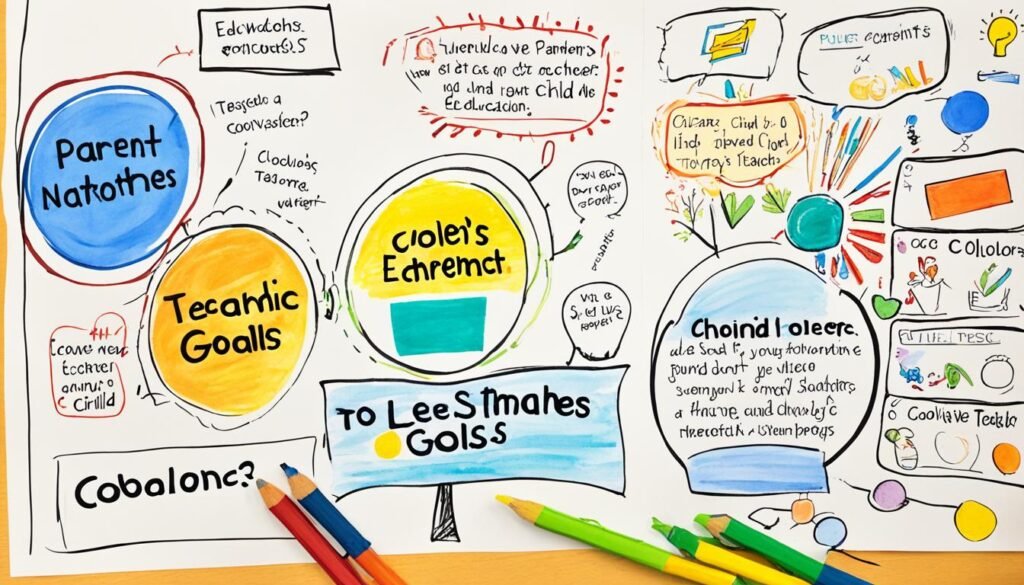
| Aspect | Importance | Benefit |
|---|---|---|
| Goal Clarity | Ensures everyone understands objectives | Improved student focus |
| Collaborative Approach | Encourages diverse input | Balanced solutions for challenges |
| Frequent Communication | Builds ongoing feedback loops | Adaptation to changing needs |
Putting a big focus on goal setting and teacher cooperation helps students do well. We can make our teamwork even better by setting clear expectations. This guides our work and makes our partnerships stronger.
Academic Support at Home
Helping our kids succeed in school is key. We can use many resources at home to support their learning. This teamwork boosts their understanding and makes them love learning more.
Resources for Parents
Parents have many tools to help at home. Websites, online lessons, and libraries are great resources. Using these can help our kids get tough topics.
Many schools give us special tools to use at home. These tools make learning at home better.
Encouraging Homework and Study Habits
Good study habits are important for kids to do well. We should make time for homework without distractions. A regular routine shows kids why homework is important and helps them be disciplined.
Talking about different ways to learn, like making notes or pictures, helps them find what works best for them.
| Study Habit | Resource Type | Benefits |
|---|---|---|
| Regular Study Schedule | Calendars and Planners | Improves time management |
| Active Learning | Interactive Online Courses | Enhances engagement and retention |
| Review Sessions | Educational Apps | Strengthens knowledge recall |
Community Involvement and Support
Being active in our community makes our schools better. It helps families feel like they belong and builds a strong support network around our kids. This not only brings families closer but also helps everyone work together for better learning.
Encouraging Family Engagement in School Events
Getting families involved in school events can make a big difference in our kids’ education. It lets families meet teachers and other parents, sharing goals and helping each other. Events like open houses, cultural festivals, and volunteer days are great ways for families to get involved.
Building a Supportive Community Network
A strong community network is key to good education. By sharing resources and knowledge, we can better support our kids. Programs like mapping local resources help us find ways to use community assets for learning. This teamwork not only helps students but also brings everyone in the community closer together.
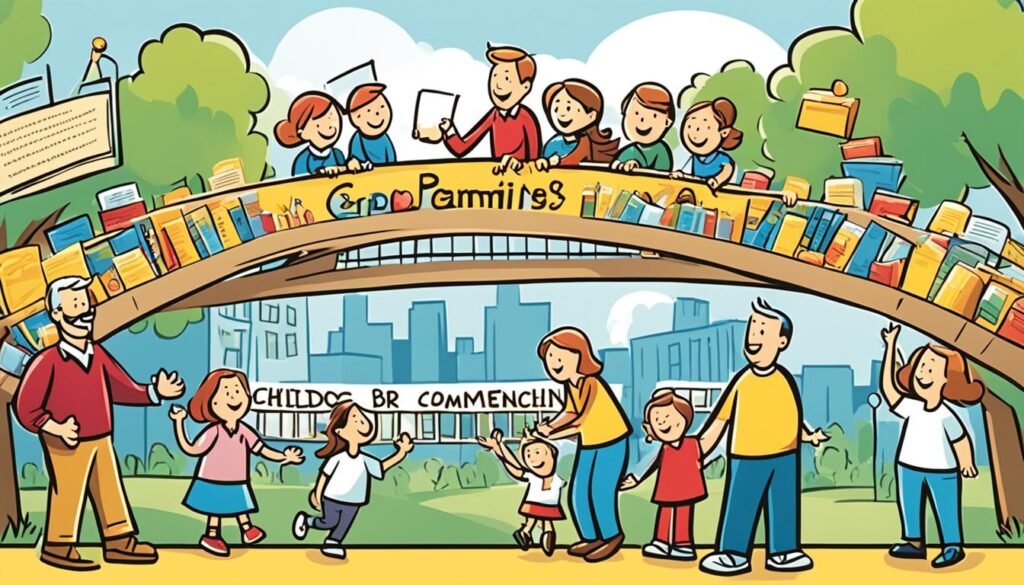
Working on community involvement and building a strong supportive community network can make learning better. By connecting with parents, teachers, local businesses, and volunteers, we can improve student experiences. For more on how to work together in education, check out this page.
| Community Involvement Activities | Benefits |
|---|---|
| Family Engagement Events | Strengthens relationships and creates a sense of belonging |
| Workshops and Training Sessions | Enhances parent knowledge and skills for supporting student learning |
| Resource Mapping Initiatives | Identifies and utilizes local assets for educational purposes |
| Volunteer Opportunities | Encourages participation and investment in the school community |
Teacher Collaboration Techniques
Teacher teamwork is key to a rich learning environment. By working together, we improve our teaching and the student experience. This teamwork helps bridge the gap between home and school learning.
Teamwork in Educational Settings
Working together with other teachers boosts our growth. Sharing ideas and resources with colleagues enriches our teaching. It also helps us understand what students need better.
This teamwork creates a supportive space. It encourages creativity and new ideas in the classroom.
Coordinated Activities Between Home and School
Working together with parents makes learning smoother. For instance, we can match homework with classroom activities. This helps students see how lessons apply to real life.
When parents join in, they show the value of education at home. This leads to more student interest and better results.
Overcoming Challenges in Collaboration
Working together, parents and teachers make a great team in education. But, we face some hurdles in this partnership. By spotting the usual problems and using smart strategies, we can boost our teamwork. This helps students learn better.
Common Struggles and Solutions
Parents and teachers sometimes don’t see eye to eye. Parents might not know what happens in school, and teachers might not get the home life of their students. We need to first admit these issues. Then, we can build trust and talk openly to reach our goals together.
Strategies for Effective Communication
Good communication is key to solving our collaboration problems. Regular updates and meetings keep us in sync with our kids’ needs. Here are some tips:
- Set clear agendas for meetings to focus on important topics.
- Use technology like educational websites and messaging apps for ongoing talks.
- Ask for feedback from everyone to make our communication open and empowering.
By tackling common issues and using these strategies, we can make the partnership between parents and teachers better. For more info on giving kids a top-notch education, check out KidLinkLC.com.
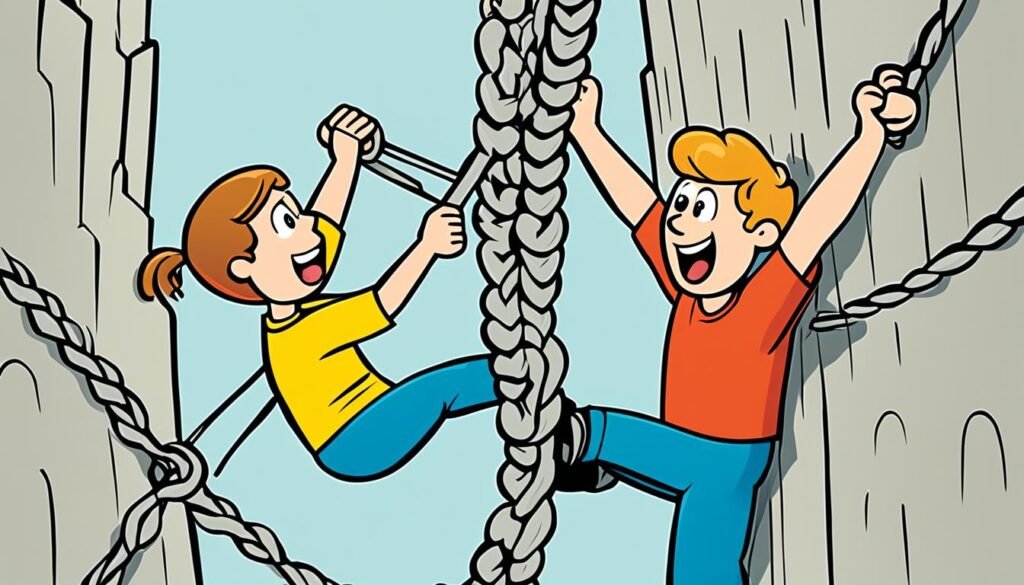
The Role of Parent-Teacher Organizations
Parent-Teacher Organizations (PTO) and Parent-Teacher Associations (PTA) are key in bringing parents and teachers together. By joining these groups, we can help shape our kids’ school experience. We do this through discussions and working towards common goals.
Benefits of Joining PTO or PTA
Being part of a parent-teacher group has many perks, like:
- Improved talks between parents and teachers, helping us understand what our kids need.
- Chances to join in school events that make our community stronger.
- A way to share our thoughts and help shape school policies.
- Getting access to tools and training to help our kids learn at home.
Engaging in Educational Policy Discussions
Going to PTO and PTA meetings lets us talk about important school policies. These meetings are great for:
- Working with teachers and school leaders on big issues.
- Pushing for changes to make learning better for our kids.
- Sharing our own stories and ideas to help our kids.
For more info on working together with teachers, check out this resource on parent-teacher collaboration. Talking openly about our kids’ education helps make our schools better.

Being active in parent-teacher groups helps make school projects a success. It makes learning better for all students. By going to meetings, joining events, or talking about policies, we all make a difference in education.
Celebrating Success Together
We work hard to boost student success. We know that celebrating their wins is key. By honoring student achievements, big and small, we build a strong team with teachers. This makes everyone feel proud and motivated to do their best.
Recognizing Student Achievements
When we praise students for their progress and special wins, they feel proud. Celebrations can be simple words of praise or big awards at school events. This approach motivates them to try harder and boosts their confidence, showing they matter in class.
Creating a Motivational Environment
A motivational environment is where students do well because they feel seen. Working with teachers to make this space, we foster a culture of success. It’s about more than grades; it’s about growing and trying hard. We offer many ways to celebrate achievements, like our partner programs. For more on these efforts, check out how to celebrate student success.

Conclusion
Parent-teacher collaboration is key to boosting student learning and making education successful. By working together, we create a supportive space for growth in both academics and social skills. This helps our kids do well in all areas of school.
We talked about ways to make these partnerships stronger, like setting goals and using good communication. When parents and teachers work together, it makes learning better for our kids. It also makes them more confident and motivated to reach their goals.
By focusing on strong parent-teacher partnerships, we help our kids reach their full potential. We give them the support and tools they need to succeed. Together, we can overcome the challenges of school and help our kids achieve their dreams and goals.
